10 Adorable Types of Pet Rats You Should Know
This page contains affiliate links. We may earn money or products from the companies mentioned in this post through our independently chosen links, which earn us a commission. Learn More
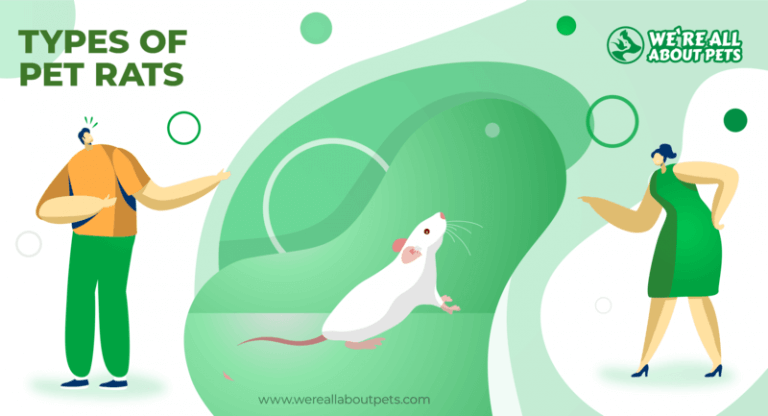
When you picture a rat, you probably imagine a dirty rodent scurrying around in the sewer. While that may not be entirely inaccurate, it isn’t the only image of the rat you should be familiar with.
Rats are actually very intelligent animals and make wonderful pets. With regular handling, rats can become quite tame and they have been known to form strong bonds with their owners. In fact, they can be just as friendly as other small pets like the hamster and guinea pigs.
If you’re considering a pet rat, read on to learn about the different types of rats.
10 Types of Pet Rat
The type of rat you typically see in pet stores is the fancy rat, a domesticated version of the brown rat. Fancy rats were originally bred for blood sport but have since become popular as pets. The English National Fancy Rat Society (NFRS) was founded in 1976 and the American Fancy Rat and Mouse Association (AFRMA) in 1983.
Though most pet rats all come from the same species, there are a variety of different coat types, colors, and patterns. The AFRMA has published breed standards for 7 different varieties of rats.
Here’s a quick overview of some of the different rat varieties:
1. Brown Rat (Rattus norvegicus)
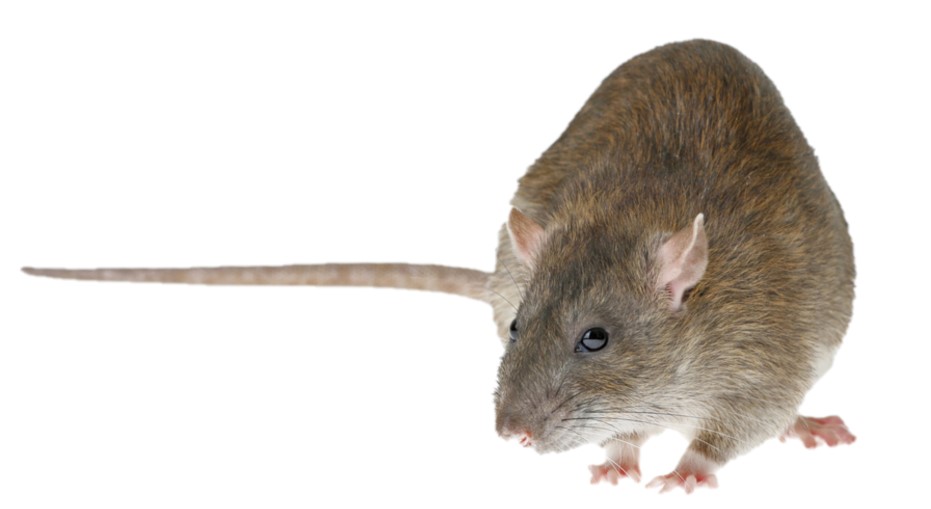
- Origin: Asia
- Price: $5 to $20
- Size: Up to 11 inches
- Color: Brown, grey
Also known as the Norway rat, street rat, common rat, and sewer rat, the brown rat originated in Asia but has become very widespread. In fact, it can be found on all continents except Antarctica. The brown rat grows up to 11 inches long with a long tail that nearly doubles its length and can weigh over 1 pound.
Brown rats are the dominant species in Europe and North America (particularly the United States). Not only have they been used in laboratory research, but they were domesticated to produce the fancy rat.
2. Black Rat (Rattus rattus)
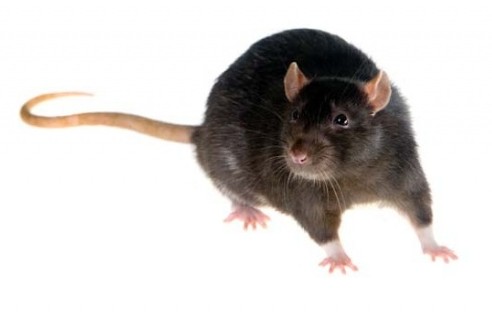
- Origin: Asia
- Price: $5 to $20
- Size: Up to 16 inches
- Color: Black, brown
The black rat is also known as the roof rat, house rat, or ship rat and it ranges in color from black to light brown, often with a lighter underside. These rats are a big pest to farmers because they feed on a wide range of crops, but they are considered sacred in parts of India.
Black rats grow up to 7 inches long with an additional 8 to 9 inches of tail length.
3. Fancy Rat (Rattus norvegicus domestica)
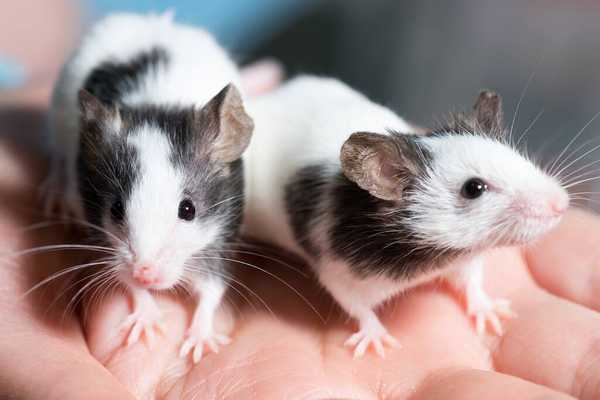
- Origin: Europe
- Price: $5 to $20
- Size: Up to 11 inches
- Color: Various
The fancy rat is the domesticated version of the brown rat and the most common species kept as a pet. Fancy rats have a longer lifespan than wild rats, though they still only live 2 to 3 years on average. Like their wild counterparts, fancy rats are very sociable and tend to function best in groups.
Though technically the same species as brown rats, domesticated rats are different in several ways. The biggest distinction is coloring. While random mutations do appear in the wild, they are fairly rare. Wild rats are typically brown in color while domestic rats are more variegated, ranging from white to powder blue.
In addition to these rat species, there are a number of different colors and coat types for fancy rats. Here are some of the varieties accepted by the American Fancy Rat & Mouse Association:
4. Standard
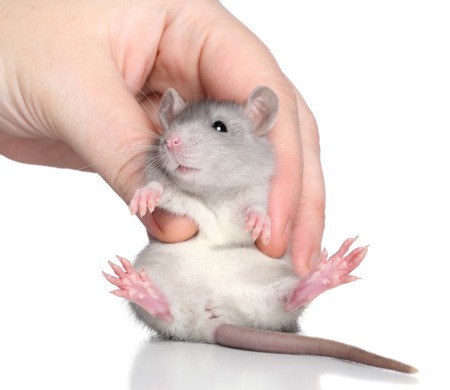
Standard rats have short, smooth, and glossy fur. This is the typical fancy rat you’ll find in pet stores in the United States and they come in a wide range of colors and patterns.
5. Rex
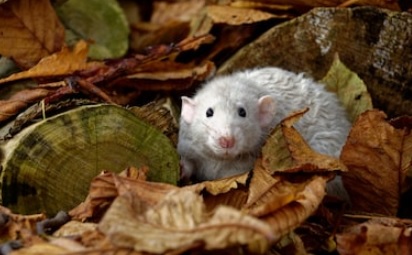
This type of rat has curly hair and curly whiskers. Rex rats were first developed in 1976 in England and have become quite popular. The double rex is a related variety that has a tightly curled or wavy coat with curly whiskers.
These rats go through a molt at 6 weeks of age then grow back their fur in tight curls. Their fur is much thicker than a regular rex rat.
6. Tailless

As you can imagine, the tailless rat is a variety that has a complete lack of a tail. These rats are also sometimes nicknamed the manx rat, similar to the tailless manx cat.
Tailless rats come in a variety of colors and patterns, but the most common are blue, black, Siamese, agouti, and champagne.
7. Hairless
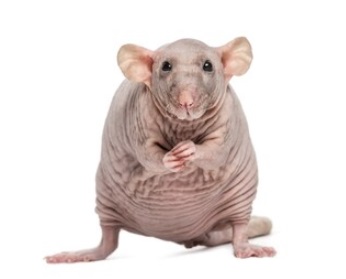
One of the least common varieties in the rat fancy, hairless rats are bred to have no hair at all – this includes eyebrows and whiskers. The hairless rat is also known as the sphynx rat, sharing the same name as the hairless cat breed.
Unfortunately, hairless rats are prone to health problems and live only about half as long as other fancy rats.
8. Satin
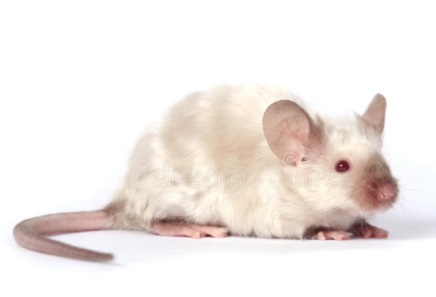
The satin rat is easy to identify by its long, lustrous coat but these rats also have curly or wavy whiskers. Satin rats often exhibit a deeper coloration than standard rats and the coat may be thinner and finer as well.
It is possible to have both satin and standard rats in the same litter.
9. Dumbo
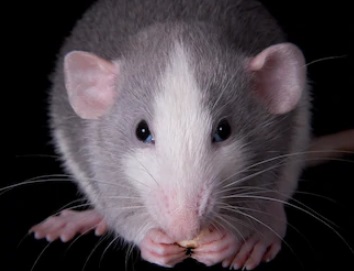
Dumbo rats are named for their large ears which are the result of a genetic mutation on chromosome 14. Not only are their ears larger than typical, but they are displaced from the top of the head to the side of the head as well. Dumbo rats come in a wide variety of colors.
10. Bristle Coat
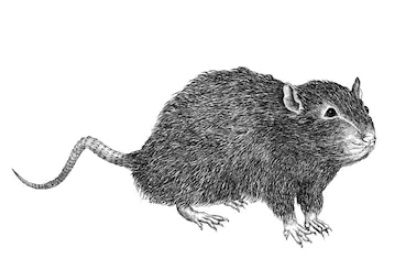
The bristle coat rat has a stiff, coarse coat and may exhibit any color or pattern. Compared to standard rats, these rats have a very distinct feel – almost like that of a wire brush. Female rats of this type may have softer coats than males.
The Benefits of Owning a Pet Rats
Whether you’re a first-time pet owner looking for the best fit or you want to branch out from standard pets like dogs and cats, the pet rat is definitely an option worth considering. You may not realize it, but rats are very smart animals and can be quite social which makes them great pets.
Here are some of the benefits of rats as pets:
- Pet rats are generally pretty small and can be a good choice for apartment life. This small animal grows up to 11 inches long (which may not include the tail) and usually weighs under 1 pound.
- Taking care of a pet rat is fairly simple and you don’t need any special equipment. These pets simply need a spacious cage, a healthy diet, and plenty of human interaction. With proper socialization, rats can become quite tame and affectionate with rat owners.
- The American fancy rat comes in a wide variety of coat colors and types, so they can be quite attractive pets. Pet rats even have a variety of different eye colors including black, red, and pink.
- The cost to keep a pet rat is fairly minimal, especially once you purchase and set up the cage. Rats are omnivores and will eat jus about anything, but the best option is a balanced diet of commercial rat food supplemented with fresh food and treats.
- Pet rats are usually very quiet pets. They will sometimes make a clucking nose or grind their teeth, but they don’t generally make much noise. Loud squeals are usually only an indication of fear or pain in rats.
- Rats are very intelligent and naturally inquisitive animals, so they make very entertaining pets. They can even be trained to perform tricks, such as responding to their name or running mazes.
While rats make wonderful pets, they aren’t the right choice for everyone. These small animals are very intelligent and active, so require pet owners who will spend plenty of time with their furry friend and give them the mental stimulation they need.
Read on for some more important facts about pet rats.
What to Know Before Getting a Pet Rat
There are a lot of misconceptions out there about rats and many people assume that their image of wild rats applies to pet rats. In reality, rats are not the dirty or vicious animals they are often portrayed as. In fact, they make wonderful pets as long as you are willing to provide for their needs.
Here are some other important things to consider for pet rats:
- Burrowing and chewing are important natural behaviors for rats, so you need to make sure to provide outlets for these needs. Provide several inches of bedding in your rat’s cage for digging and a wide variety of chew toys as well.
- Rats are more social than many rodents and they usually get along well with other rats. You may not want to keep rats with other pets in the same cage, but you can easily keep a group of rats together as long as they get along. A single rat may require more attention than a pair or group.
- All rats are prolific breeders, so be mindful of keeping male and female rats together. Rats become sexually mature between 5 and 7 months but often experience a drop in fertility after 15 months of age. They have a very short gestation period of just 21 to 23 days.
- Though they have a reputation for being dirty, rats are actually meticulous groomers and like to keep themselves clean. They may not be so clean when it comes to their cage, however, so you’ll need to replace the bedding often and clean and disinfect the cage.
- While rats are omnivores that will eat just about anything, they have dietary requirements like any other pet. Rats should be offered a varied diet of commercial rat food and fresh foods.
If you’re looking for a small pet that has a great deal of potential, the fancy rat might be the optimal choice. These pets are surprisingly smart and affectionate, and they come in a wide variety of color and coat types.
Take what you’ve learned here to decide which type of rat is the best for you.






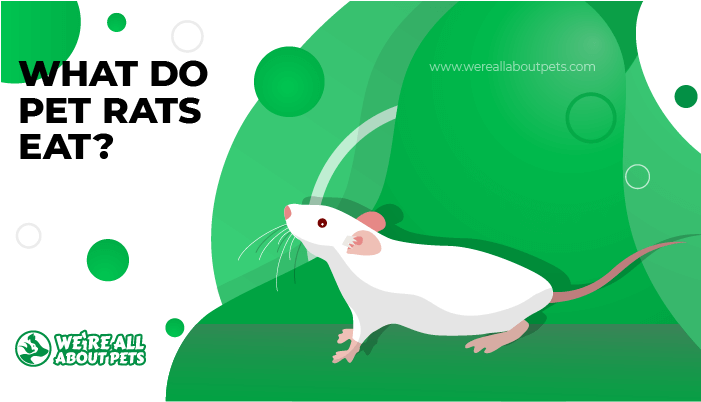


Jane Titarenko
Excellent article. I'm doing a school project on rats, and this article really helped with it. Saved me a lot of time. Thank you for doing this article.